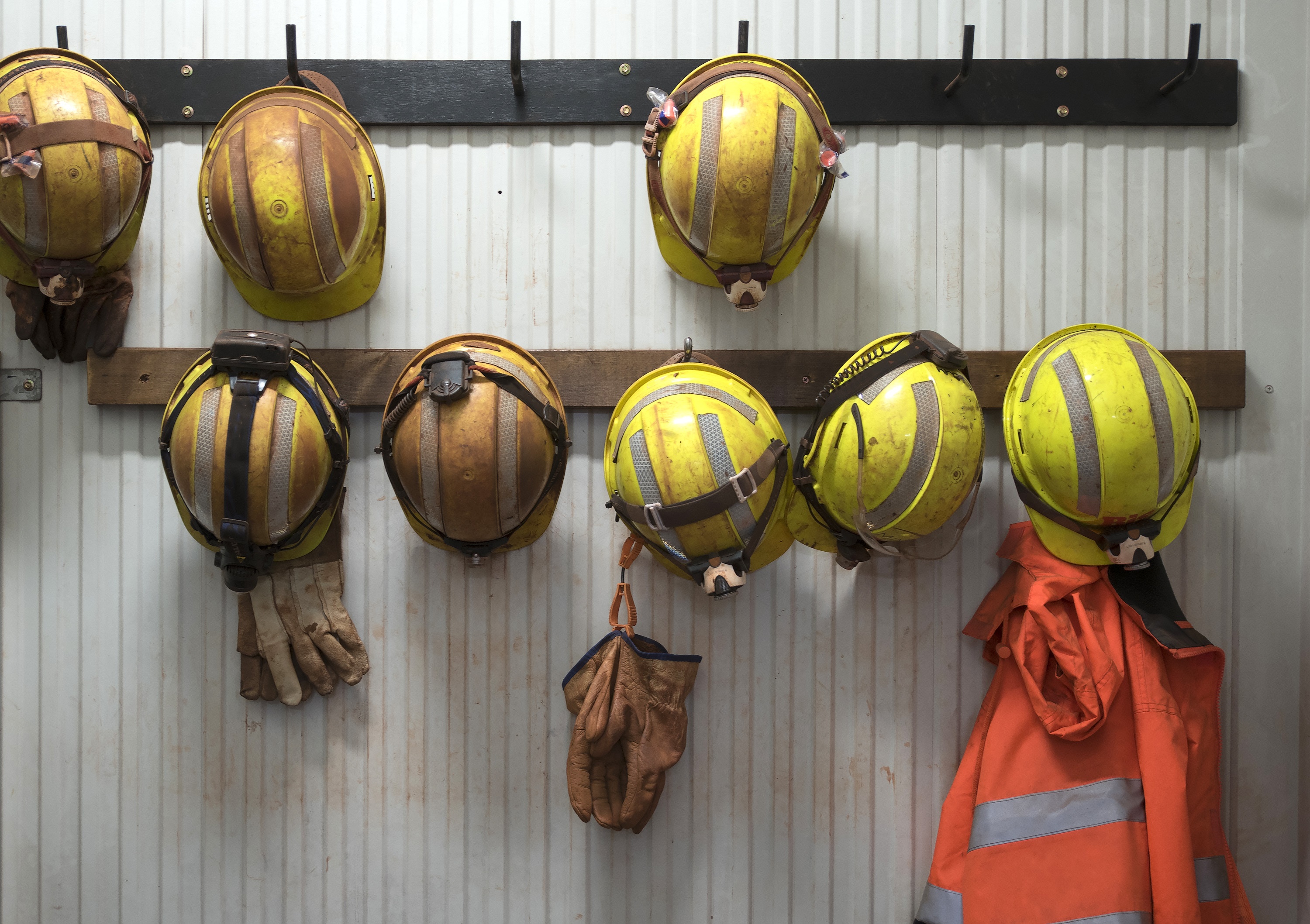In a surprising development, the outlook for base metals and precious metals has become increasingly uncertain at the same time. Typically, base metals such as copper, lead, nickel and zinc share an inverse relationship with gold. This is because a stronger global economy creates greater demand for base metals, which are important industrial elements, whereas financial and geopolitical crises usually cause the demand for gold to spike because of its perceived status as a safe-haven investment.
Nonetheless, in an unusual turn of events, precious metals and base metals have all plummeted in recent days to be trading close to lows not seen since 2017. This can be attributed to growing fears of a trade war and the impact it will have on global growth as well as demand for base metals and a stronger U.S. dollar.
This is all poor news for diversified metals miner Hudbay Minerals Inc. (TSX:HBM)(NYSE:HBM), which has pulled back sharply in recent days to be down by a hefty 49% since the start of the year. That decline in its market value has created an opportunity for contrarian investors.
Now what?
The miner reported some solid second quarter 2018 results, including a notable lift in net earnings, which shot up by 32% year over year to US$25 million. That occurred despite cash costs per copper pound rising 13% compared to year earlier and can be primarily attributed to higher metals prices, although all-in sustaining costs (AISCs) did fall by almost 1% to US$1.48 per pound of copper produced.
Those ASICs are at the upper range for a copper miner and partly explain why Hudbay has been roughly handled by the market over recent weeks. Considering that copper, which generates 65% of Hudbay’s earnings, has fallen to US$2.56 per pound, which is not far off its lowest level since September 2017, it is easy to see the threat posed to the miner’s financial operations.
Another issue impacting the miner is the sharp weakness of gold as well as silver, which are down by 8% and 15%, respectively, for the year to date. This is because those precious metals combined are responsible for 16% of Hudbay’s earnings.
Hudbay however, finished the second quarter with a solid balance sheet holding US$440 million in cash and total long-term debt of just over US$1 billion, which is less than one-times its trailing 12-months operating cash flow, indicating a manageable level of debt.
The company’s flagship Constancia mine in Peru is performing well. It reported a 19% year over year increase in ore mined, which saw gold production rise by a notable 37% and silver by 9%, although copper output fell by 10%, which was expected because of declining ore grades. While cash costs per ounce rose by a worrying 32% compared to a year earlier, primarily because of poorer ore grades, they were still an impressively low US$1.64 per pound, highlighting the profitability of the mine.
Regardless of weaker ore grades, lower production and higher costs, Hudbay anticipates that it will achieve its 2018 guidance. While the tumultuous outlook for metals will weigh on the miner’s performance for the time being, the long-term outlook for industrial metals is positive. Analysts are expecting copper to rebound once the jitters sparked by trump’s trade policies settle, and that will more than likely take zinc, lead and silver higher as industrial activity picks up.
So what?
After its latest sharp sell-off, Hudbay appears attractively valued, particularly after the positive long-term outlook for copper is considered. The strength of its operations and improvements at the Constancia mine bode well for improved earnings, while its solid balance sheet provides Hudbay with the flexibility required to weather the downturn in metals.







